On June 27, a very remarkable launch is scheduled to take place from the New Zealand Mahia cosmodrome. The Electron rocket will send a CAPSTONE satellite to the moon. If successful, this mission will go down in history for several reasons at once.
Goals and objectives of the CAPSTONE satellite
The CAPSTONE satellite (Cislunar Autonomous Positioning System Technology Operations and Navigation Experiment) was developed by Advanced Space and Tyvak Nano-Satellite Systems by order of NASA. It is built on the basis of the CubeSat platform (12U), its weight is 25 kg.
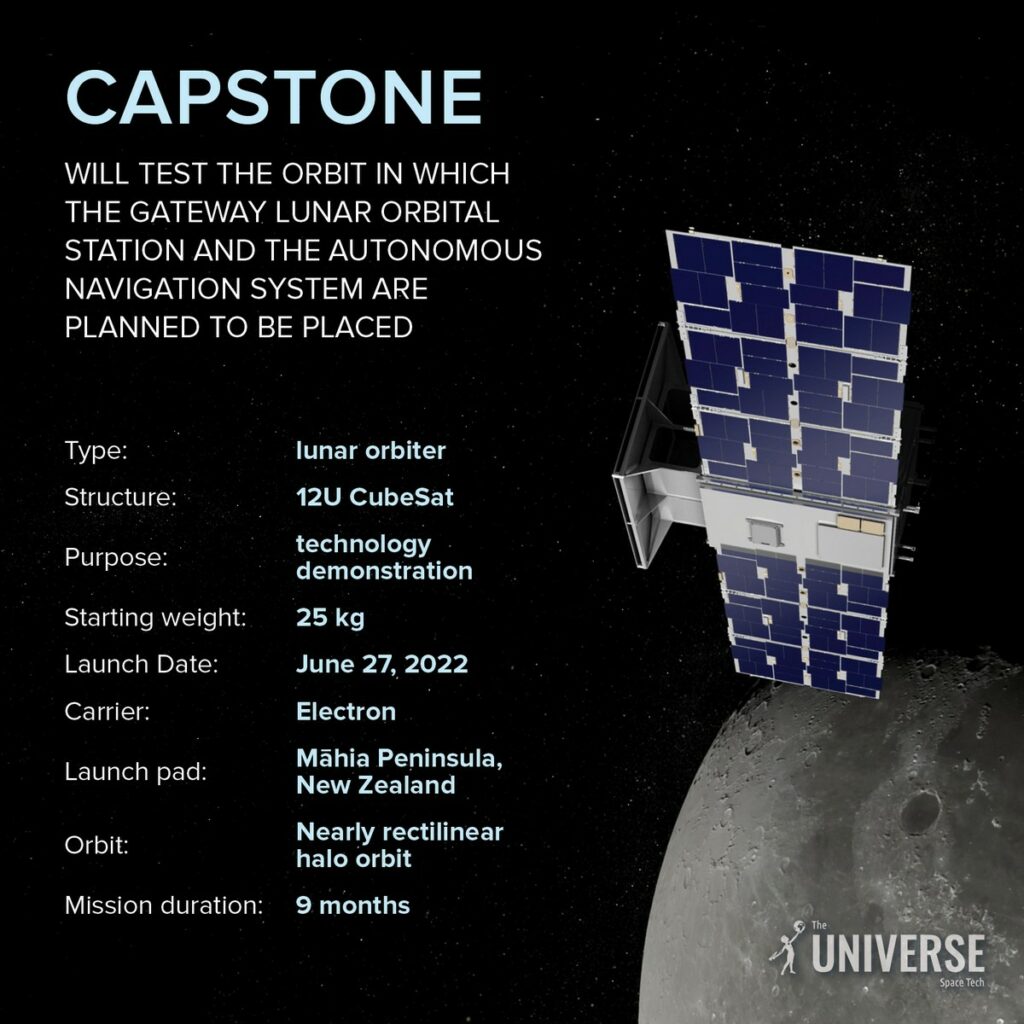
The main task of CAPSTONE is to test a Near-Rectilinear Halo Orbit, NRHO centered around the L2 Lagrange point of the Earth-Moon system. The device located on it will approach 3 thousand km to the south pole of the Moon in the pericenter, and in the apocenter it will move away from it by 70 thousand km.
The key feature of the NRHO orbit is that at this point, the gravitational forces of our planet and its satellite mutually balance each other. That is, the spacecraft located on it will practically not waste fuel to maintain its position. That is why NASA and ESA chose the NRHO orbit to host the Gateway lunar orbital station. During its nine-month mission, CAPSTONE will have to test its long-term stability in practice.
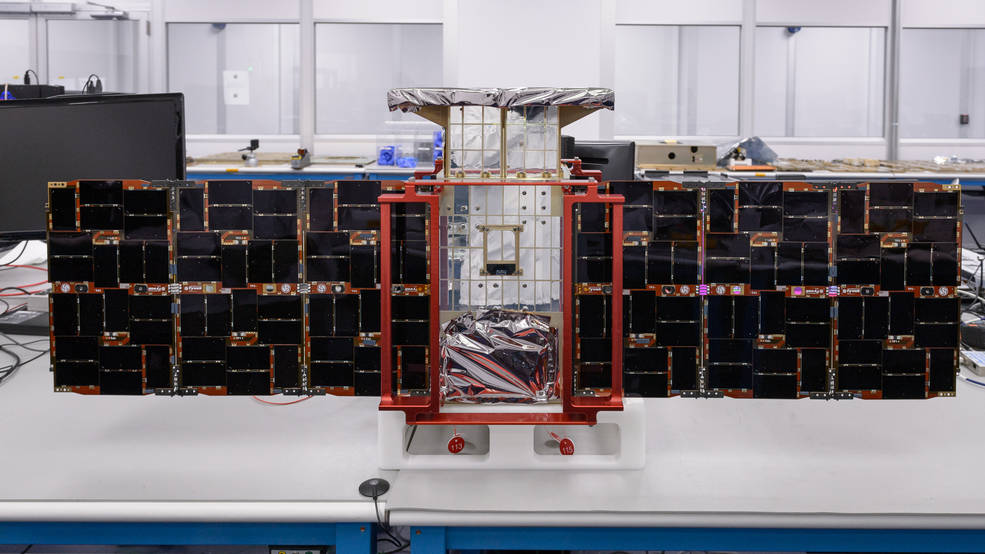
CAPSTONE also has a second task. The satellite will have to test an autonomous navigation system that will determine its position relative to the LRO probe without the help of ground stations.
Photon acceleration unit
The launch of CAPSTONE is a very important milestone not only for the Gateway project, but also for Rocket Lab. This is the first cargo to be taken out of near-Earth orbit. If successful, the Electron rocket will also write itself into the textbooks of cosmonautics as the smallest rocket in history that successfully sent cargo to the Moon. The length of the carrier is 18 m, the diameter is 1.2 m, the weight (in the refueled state) is 12.5 tons.
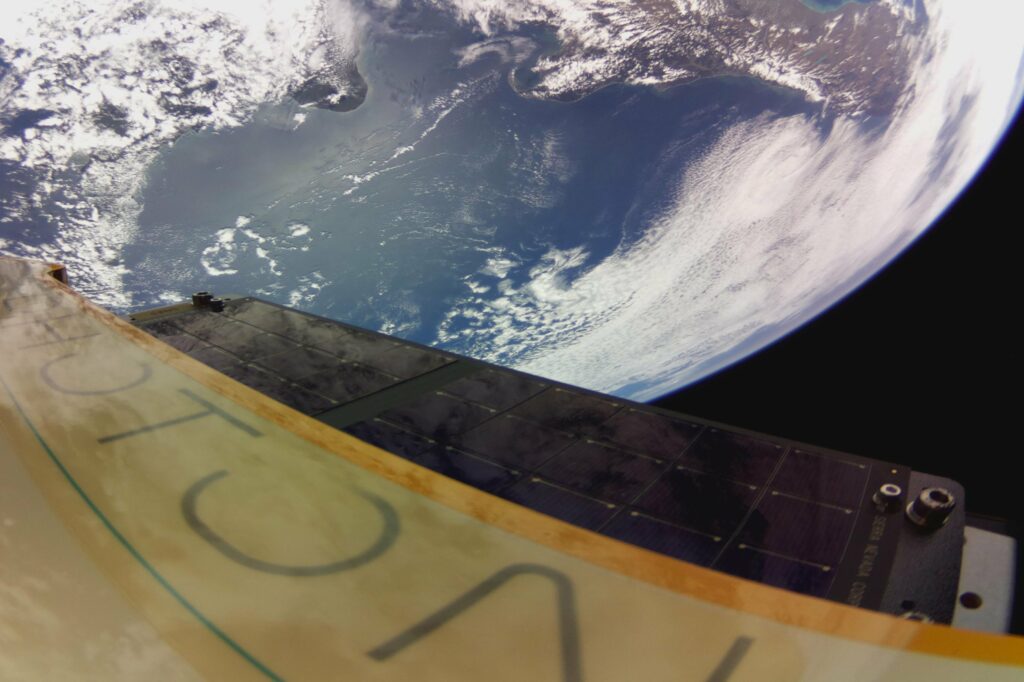
The universal Photon platform will directly deliver CAPSTONE to the Moon. It is based on the upper stage of the Electron rocket and has its own engine, orientation and communication systems, solar panels for energy generation, as well as the ability to integrate additional components.
Photon can be used to perform a number of tasks. First, it can be used as a satellite. In this configuration, the customer provides all the necessary equipment, which is then installed by Rocket Lab specialists on board the platform. This allows them to save money by eliminating the need to build a separate spacecraft. The “satellite” version of Photon can take up to 170 kg of payload.
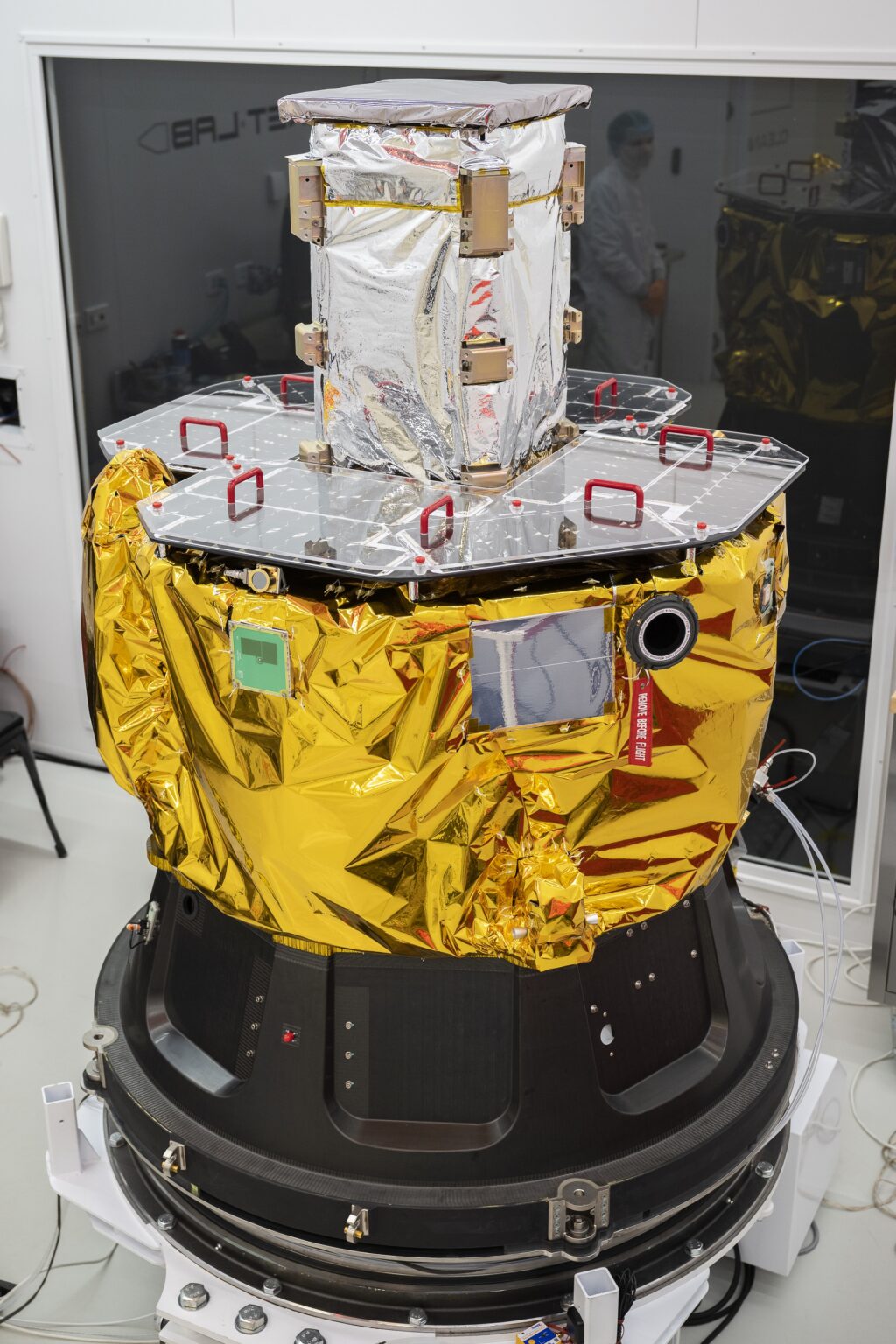
Another purpose of Photon is missions beyond low Earth orbits. The platform can be used either as an interplanetary probe or as a tug to deliver spacecraft to other celestial bodies. To do this, a modified version is used, which has larger fuel tanks and more powerful engines. It is capable of taking up to 40 kg of payload. The upcoming launch of CAPSTONE will be the “baptism” of Photon in interplanetary missions.
Gateway and future Rocket Lab Interplanetary Missions
If CAPSTONE successfully copes with its task and proves the stability of the NRHO orbit, this will open the way for the construction of the Gateway station. Its assembly is due to begin in November 2024, when the Falcon Heavy rocket will send a bundle of the PPE electric propulsion module and the HALO small residential module to the Moon.
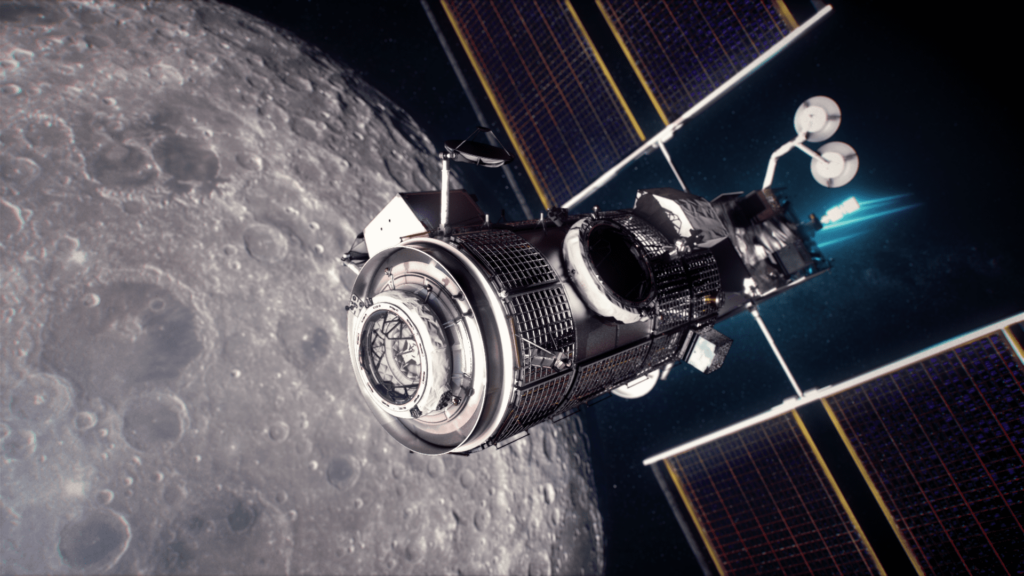
As part of the next stage of assembly, the I-Hab residential module will be docked to the station. This task is assigned to the crew of the Artemis IV mission. At the moment, its launch is scheduled for 2026.
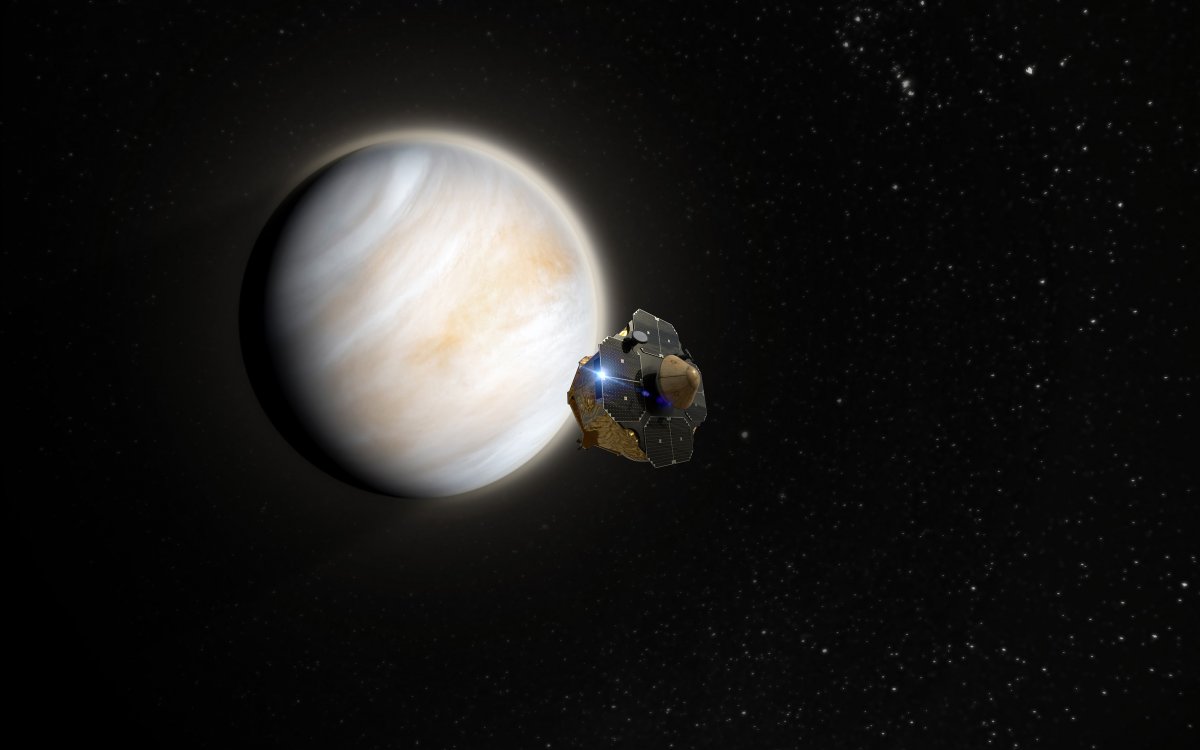
As for Rocket Lab, the success of the Photon platform will allow it to begin implementing its plans to send probes to other planets. So, next year Rocket Lab is going to launch its own mission to Venus, the purpose of which will be to study its atmosphere.
Follow us on Twitter to get the most interesting space news in time
https://twitter.com/ust_magazine

